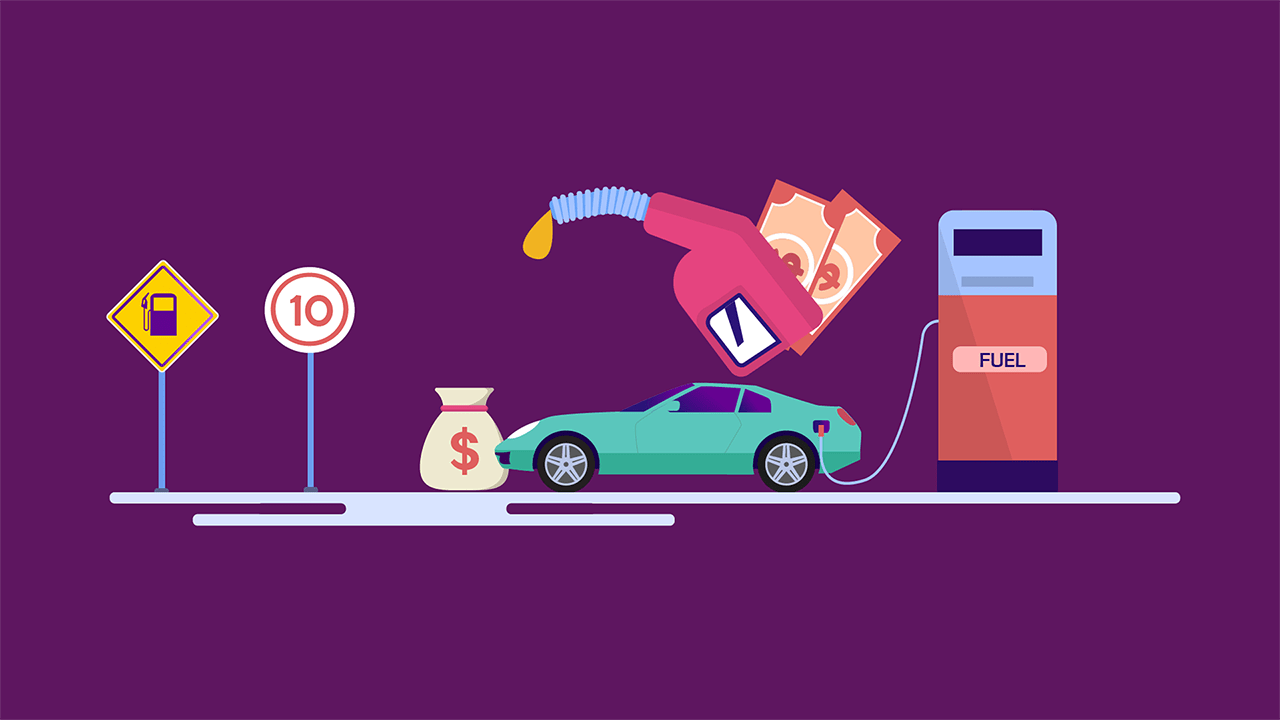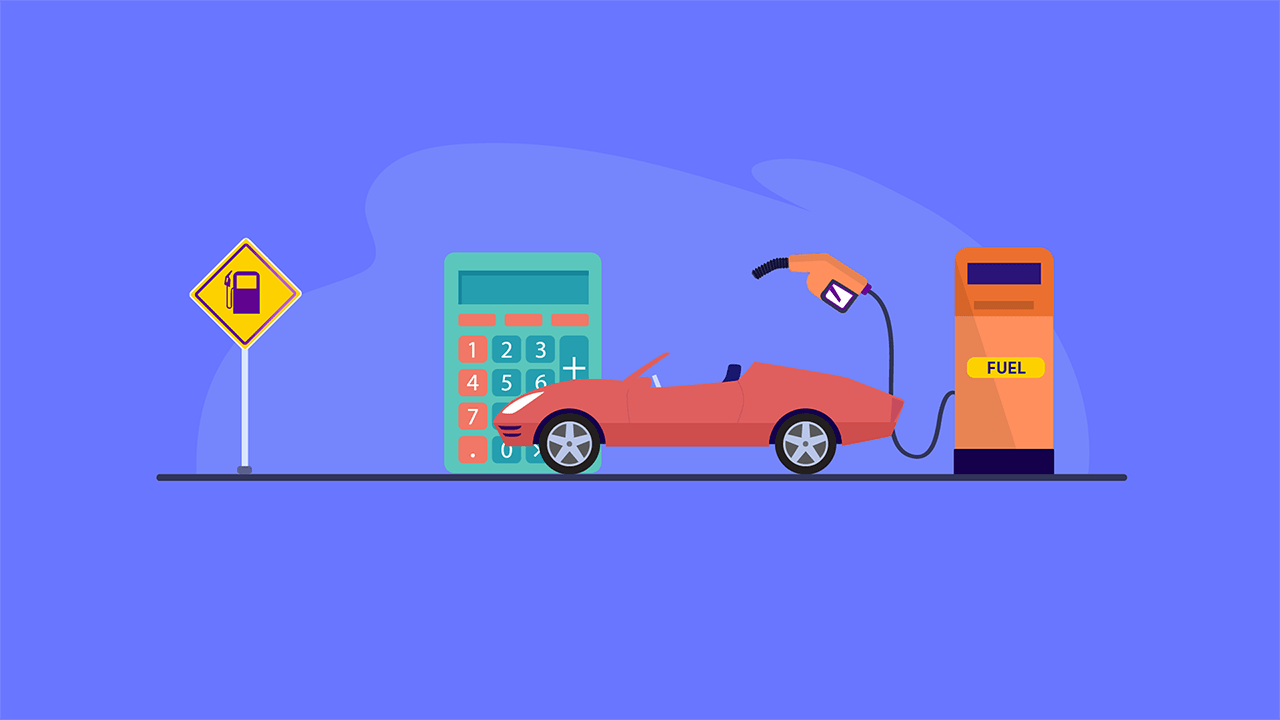Oil Check 101 for a Smooth-Running Car | 8 Steps by Experts
By Umm e Hani on Apr 18, 2024Contents
- Eight Simple Steps To Check Your Car's Oil
- Step 1: Gather Your Supplies
- Step 2: Park on Level Ground
- Step 3: Pop the Hood
- Step 4: Locate the Dipstick
- Step 5: Pull Out the Dipstick
- Step 6: Reinsert the Dipstick
- Step 7: Withdraw the Dipstick Again
- Step 8: Analyze the Oil
- Why Is Oil Check Important?
- FAQ
Your car is your trusty steed, carrying you through life's adventures. To keep it purring, you need to pay attention to its vital fluids. One of the most crucial checks is the oil level. Fear not, for this isn't rocket science. In this guide, we'll walk you through eight simple steps to checking oil in car and ensure it keeps running like a charm.
Eight Simple Steps To Check Your Car's Oil
Step 1: Gather Your Supplies
First gather your tools: an oil dipstick (typically a long, slender piece of metal with a loop at one end), a clean rag or paper towel, and a well-lit area. You might need a flashlight, too.
Step 2: Park on Level Ground
For an accurate oil check, park your car on a flat, level surface. Turn off the engine and allow it to cool down for a few minutes.
Step 3: Pop the Hood
Lift the hood of your car. Most cars have a lever near the driver's seat or a latch under the dashboard to release the hood.
Step 4: Locate the Dipstick
Once the hood is open, locate the oil dipstick. It usually has a brightly colored handle and is positioned near the engine.
Step 5: Pull Out the Dipstick
With a firm grip on the dipstick's handle, pull it out slowly and wipe it clean with your rag or paper towel. This ensures you get an accurate reading without old oil interfering.
Step 6: Reinsert the Dipstick
After wiping the dipstick, carefully slide it back into its tube until it's fully seated.
Step 7: Withdraw the Dipstick Again
Now, it's time to check the oil dipstick level. Pull the dipstick out once more and hold it horizontally. You'll see markings on the dipstick, indicating the safe oil level range. Your oil should ideally be between the two marks.
Step 8: Analyze the Oil
Inspect the oil's color and consistency. Healthy engine oil should be amber or light brown and not too thick or thin. If it looks black or has a burnt smell, it's time for an oil change. If the oil level is below the minimum mark, you should add more oil, but don't overfill.
Congratulations! You've just completed your oil check. It's a simple task that can save you from costly engine damage and keep your car running smoothly. So, how often should you do this? Well, experts recommend checking your oil at least once a month, or before long trips. It's a small effort that pays off big time in the long run.
Why Is Oil Check Important?
You might be wondering why all this oil checking business matters. Well, think of your engine as the heart of your car. Without proper lubrication, it can suffer severe damage, leading to costly repairs. Checking your oil is like monitoring your heart's health. Here's why it's vital:
Lubrication
Oil provides a crucial layer of lubrication between moving parts in the engine, preventing friction and wear. It's the lifeblood that keeps things running smoothly.
Heat Dissipation
Engines can get pretty hot, especially during a long drive. Oil helps dissipate that heat, preventing overheating and engine damage.
Cleanliness
Oil carries away dirt and debris from the engine, keeping it clean and free from contaminants that can harm its performance.
Fuel Efficiency
Proper oil levels and quality help your engine run efficiently, saving you money on gas and reducing emissions.
Engine Longevity
A well-maintained engine lasts longer. Regular oil checks and changes can add years to your car's life.
Remember, an oil check is a quick and easy task that anyone can master. It's the kind of car maintenance that even beginners can handle, and it's well worth the effort. Now, you're equipped with the knowledge to keep your car's engine in tip-top shape. So, roll up your sleeves and give your trusty ride the care it deserves. Happy driving!
FAQ
What Type of Oil Does Your Car Need?
First and foremost, it's essential to know the right type of oil for your vehicle. Check your car's owner's manual or consult the manufacturer's recommendations to find the specific oil grade and viscosity your engine requires.
How Much Oil Should You Add to Your Car?
The right amount of oil is crucial. Adding too much can lead to problems. Typically, it's better to add a little less than too much. Refer to your car's manual for the recommended oil capacity.
How Long Can You Run Your Car With Too Much Oil?
If you accidentally overfill your engine with oil, it's wise not to drive your car until the excess is drained. Running your car with an overfilled oil tank can cause damage to the engine, leading to expensive repairs.
How to Add Oil to Your Car?
Adding oil to your car is a straightforward task. With the engine off, locate the oil filler cap, usually labeled "oil" or "engine oil." Remove the cap, place a funnel in the opening, and pour in the appropriate amount of oil. Make sure to tighten the cap securely when finished.
What Happens If You Put Too Much Oil in Your Car?
Overfilling your engine with oil can lead to excessive pressure, foaming, and aeration of the oil. This can result in poor lubrication, reduced engine efficiency, and potential damage to engine components.
Where Should Oil Be on the Dipstick?
When you check the oil level, it should fall within the range indicated on the dipstick. The dipstick typically has two marks, indicating the minimum and maximum oil levels. Your oil level should be somewhere in between.
Can You Put Oil in a Hot Engine?
It's generally not recommended to add oil to a hot engine. Allow the engine to cool down for a few minutes to get a more accurate oil level reading. Adding oil to a hot engine may affect the measurement.
How Often Should You Change Your Car's Oil?
Oil change intervals can vary depending on your car, its usage, and the type of oil you use. Check your owner's manual for specific recommendations, but as a general rule of thumb, changing your oil every 3,000 to 5,000 miles is a good practice.
What Happens If You Put the Wrong Oil in Your Car?
Using the wrong type of oil can affect engine performance and potentially cause damage. Always use the oil specified in your car's manual or by the manufacturer to ensure the best results and prevent engine problems.


